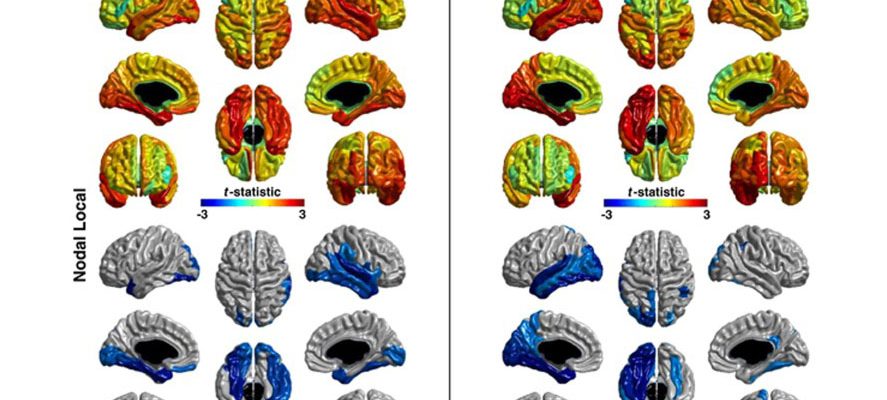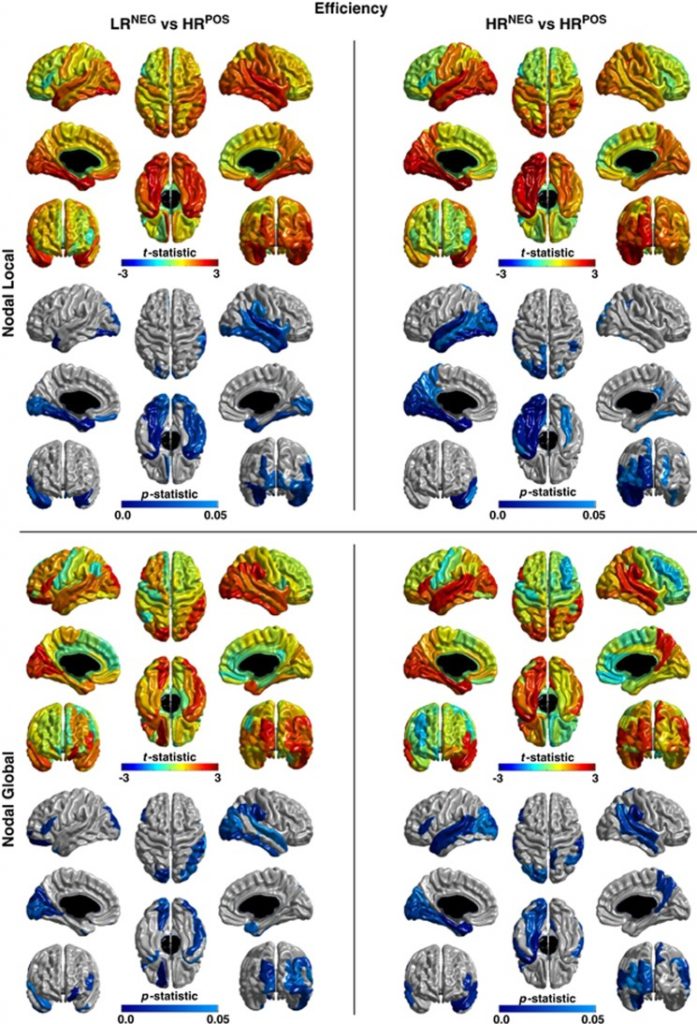Transl Psychiatry. 2014 May 6;4:e388. doi: 10.1038/tp.2014.24.
Lewis JD1, Evans AC1, Pruett JR2, Botteron K2, Zwaigenbaum L3, Estes A4, Gerig G5, Collins L1, Kostopoulos P1, McKinstry R2, Dager S6, Paterson S7, Schultz RT7, Styner M8, Hazlett H9, Piven J9.
Author information
- Montreal Neurological Institute, McGill University, Montreal, QC, Canada.
- Department of Psychiatry, Washington University School of Medicine, St Louis, MO, USA.
- Department of Pediatrics, University of Alberta, Edmonton, AB, Canada.
- Department of Speech and Hearing Sciences, University of Washington, Seattle, WA, USA.
- Scientific Computing and Imaging Institute, University of Utah, Salt Lake City, UT, USA.
- Department of Radiology, University of Washington, Seattle, WA, USA.
- Center for Autism Research, University of Pennsylvania, Philadelphia, PA, USA.
- Department of Computer Science, University of North Carolina, Chapel Hill, NC, USA [2] Carolina Institute for Developmental Disabilities, University of North Carolina, Chapel Hill, NC, USA.
- Carolina Institute for Developmental Disabilities, University of North Carolina, Chapel Hill, NC, USA.
Abstract
Autism spectrum disorder (ASD) is a developmental disorder defined by behavioral symptoms that emerge during the first years of life. Associated with these symptoms are differences in the structure of a wide array of brain regions, and in the connectivity between these regions. However, the use of cohorts with large age variability and participants past the generally recognized age of onset of the defining behaviors means that many of the reported abnormalities may be a result of cascade effects of developmentally earlier deviations. This study assessed differences in connectivity in ASD at the age at which the defining behaviors first become clear. There were 113 24-month-old participants at high risk for ASD, 31 of whom were classified as ASD, and 23 typically developing 24-month-old participants at low risk for ASD. Utilizing diffusion data to obtain measures of the length and strength of connections between anatomical regions, we performed an analysis of network efficiency. Our results showed significantly decreased local and global efficiency over temporal, parietal and occipital lobes in high-risk infants classified as ASD, relative to both low- and high-risk infants not classified as ASD. The frontal lobes showed only a reduction in global efficiency in Broca’s area. In addition, these same regions showed an inverse relation between efficiency and symptom severity across the high-risk infants. The results suggest delay or deficits in infants with ASD in the optimization of both local and global aspects of network structure in regions involved in processing auditory and visual stimuli, language and nonlinguistic social stimuli.
Copyright © 2016 Elsevier Inc. All rights reserved.
PMID:24802306 | PMCID:PMC4035719 | DOI:10.1038/tp.2014.24



